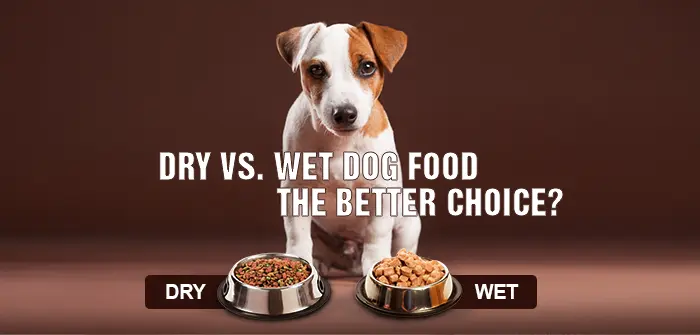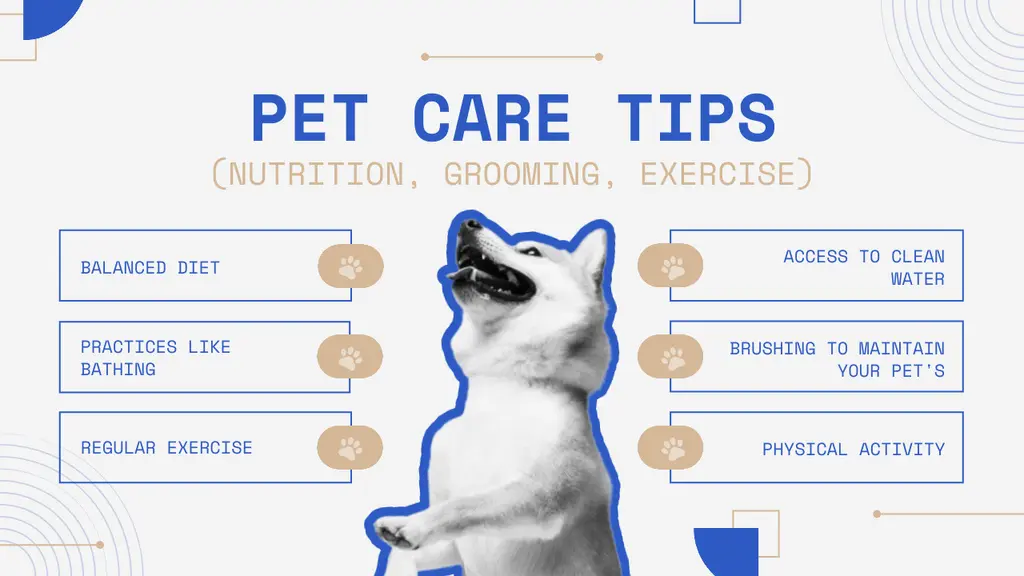
What is Dry Dog Food?
Dry dog food (also known as kibble) is the most popular type of dog food, commonly available in bags or boxes. It is typically made from a combination of meat, grains, and vegetables that are dried to preserve the nutrients. This food is designed to be crunchy, which helps with dental health by reducing plaque buildup.
Advantages of Dry Dog Food
- Convenience: Dry dog food is easy to store and lasts longer than wet food. It doesn't require refrigeration, which makes it a convenient choice for busy pet owners.
- Cost-Effective: Dry food tends to be more affordable than wet food, making it a good option for those looking to save money.
- Dental Health: The crunchy texture of kibble helps to clean your dog’s teeth, reducing the risk of dental disease and bad breath.
Disadvantages of Dry Dog Food
- Less Moisture: One of the main drawbacks of dry dog food is that it lacks moisture, which could contribute to dehydration, especially in dogs that don’t drink enough water.
- Less Palatable: Some dogs may not find dry food as tasty as wet food, particularly picky eaters or those with dental issues that make chewing harder.
What is Wet Dog Food?
Wet dog food comes in cans or pouches and contains higher moisture content compared to dry food. It's made by combining meat, vegetables, and other ingredients, then cooking the mixture to create a soft, moist meal that is easy to digest.
Advantages of Wet Dog Food
- High Moisture Content: Wet food helps keep your dog hydrated and is a great option for dogs that aren’t drinking enough water.
- Easier to Chew: The soft texture of wet food makes it easier for dogs, especially senior dogs or those with dental problems, to eat and digest.
- More Flavorful: Wet food is often more flavorful than dry food, which can be appealing to picky eaters or dogs with a decreased appetite.
Disadvantages of Wet Dog Food
- Shorter Shelf Life: Wet dog food needs to be refrigerated after opening and has a shorter shelf life compared to dry food.
- More Expensive: Wet food is generally more expensive than dry food, especially when feeding large dogs or multiple pets.
- Dental Health Concerns: While wet food is easier to chew, it doesn’t provide the same dental benefits as dry food and may contribute to plaque buildup.
Dry Dog Food vs. Wet Dog Food: A Comparison
To make your decision easier, here’s a comparison of dry dog food and wet dog food based on key factors:
| Factor | Dry Dog Food | Wet Dog Food |
|---|---|---|
| Moisture Content | Low (8-10%) | High (75-80%) |
| Shelf Life | Long-lasting, no refrigeration needed | Shorter shelf life, needs refrigeration |
| Cost | More affordable | More expensive |
| Convenience | Easy to store, no mess | Needs storage in the fridge after opening |
| Dental Health | Helps with dental hygiene | Doesn’t provide dental benefits |
| Taste | Less flavorful for picky eaters | More flavorful and appealing to dogs |
| Digestibility | Good for most dogs, but less moisture | Easier to digest, especially for senior dogs or those with digestive issues |
Which is Better for Your Dog: Dry or Wet Food?
The decision between dry dog food and wet dog food ultimately depends on your dog's individual needs. Let’s break down the factors you should consider:
1. Your Dog’s Age and Health
- Puppies and active dogs may benefit from dry food that supports dental health and provides consistent energy.
- Senior dogs or those with dental issues may do better with wet food since it's easier to chew and more digestible.
2. Hydration Needs
If your dog is prone to dehydration or doesn't drink enough water, wet dog food can help provide the additional moisture needed to keep them hydrated.
3. Budget and Convenience
If you're looking for a more affordable, convenient option that lasts longer, dry dog food is the way to go. It’s easier to store and doesn’t require refrigeration.
4. Taste Preferences
If your dog is a picky eater or has a decreased appetite, wet dog food might be more appealing and encourage them to eat.
Conclusion
Both dry dog food and wet dog food offer unique benefits for your pet. Dry dog food is convenient, cost-effective, and helps with dental health, while wet dog food is higher in moisture, easier to chew, and more flavorful. The best choice for your dog depends on their specific needs, including their age, health conditions, hydration needs, and taste preferences.
No matter which option you choose, make sure to provide your dog with a balanced diet to keep them happy and healthy. If you’re still unsure, you can consult with your veterinarian to determine the best diet for your dog’s individual needs.



